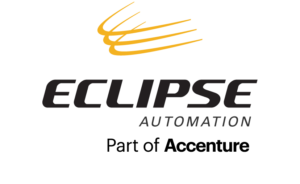For blimps and other airships to properly operate and stay airborne, materials must be very thin and light in order to expand without weighing down the ships down. Due to the fragility of the material, holes will often form during transportation, sometimes large and easy to spot, but usually very small and difficult to locate.
An accumulation of many small pinholes can cause a large amount of gas to escape, resulting in loss of altitude. In order to locate and repair these holes effectively, Lockheed has created SPIDER robots, which stands for Self-Propelled Instrument for Damage Evaluation and Repair.
The SPIDER is a small self-maneuvering robot that comprises of two parts: an outer and inner attachment. The two attachments go on either side of the airship’s skin and are linked together with a magnet. The SPIDER then makes its way across the whole surface of the airship searching for holes of any size to repair.
A bright light and camera attached to the SPIDER scan the blimp’s surface when it is fully inflated to search for any small holes. The magnets holding both parts of the robot together to ensure that it will not fall off of the ship, even when completely upside-down. Once the SPIDER encounters a hole, it is able to repair the hole autonomously using a built-in patching system to block off the exiting gas. After the holes are patched, a picture of the completed repairs, as well as the robots traveling data, provides comprehensive inspection data that is sent to human workers for review.
Extensive monitoring and documentation, similar to the SPIDER’s blimp maintenance, ensures that your project is operating at maximum efficiency and helps to extend its overall quality and lifespan. Eclipse offers both pre-automation and post-automation services, from project management to service, maintenance and upgrades, in order to provide you the best in customer satisfaction for every aspect of your automation needs.
Source: PopularMechanics
